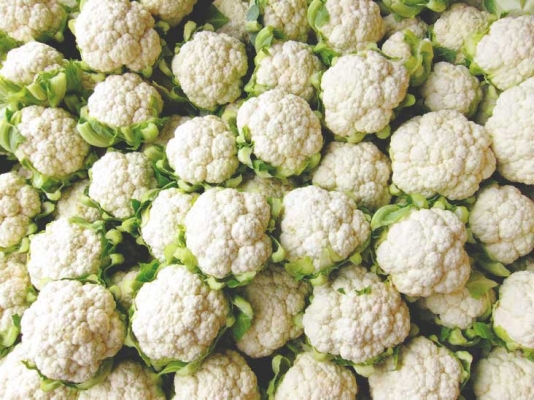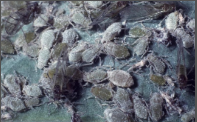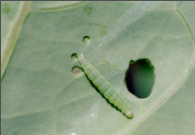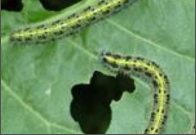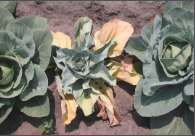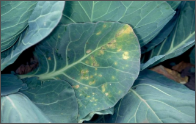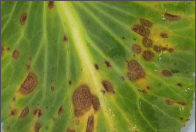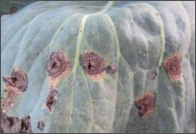Fertilizer requirement (kg/acre)
Nutrient Requirement (kg/acre)
| NITROGEN |
PHOSPHORUS |
POTASSIUM |
| 65 |
30 |
30 |
Apply well decomposed cow dung@8-10tonnes per acre in soil along with Nitrogen@65kg, Phophorus@30kg and Potash@30kg in form of Urea@130kg, Single Superphosphate@150kg and Muriate of Potash@40kg.Apply whole quantity of cowdung, SSP and MOP and half dose of Urea at time of land preparation. Apply remaining quantity of Urea, 30th day after transplantation.
To get better flower (Curd) set and to obtain good yield, spray Water Soluble Fertilizer NPK(19:19:19)@10gm/Ltr water during the early plant growth. 40days after transplanting take spray of 12:61:00@4-5gram + microneutrients@2.5 to 3 gram + Boron@1gm per Ltr water. To improve curd quality, apply Water Soluble Fertilizer NPK 13:00:45@20gm/Ltr of water at the time of curd development.
Do soil testing and if Magnesium deficiency is observed to overcome Mg deficiency apply Magnesium sulphate@5gm/Ltr, 30-35 days after transplantation and for Calcium deficiency apply Calcium Nitrate@5gm/Ltr, 30-35 days after transplanting.
If hollow and sometimes discolored stems are observed, also curds become brown and leaves may get roll and curl it is due to Boron deficiency, apply Borax@250gm-400gm/acre.

